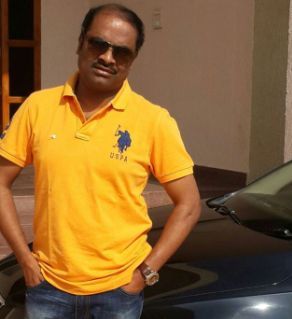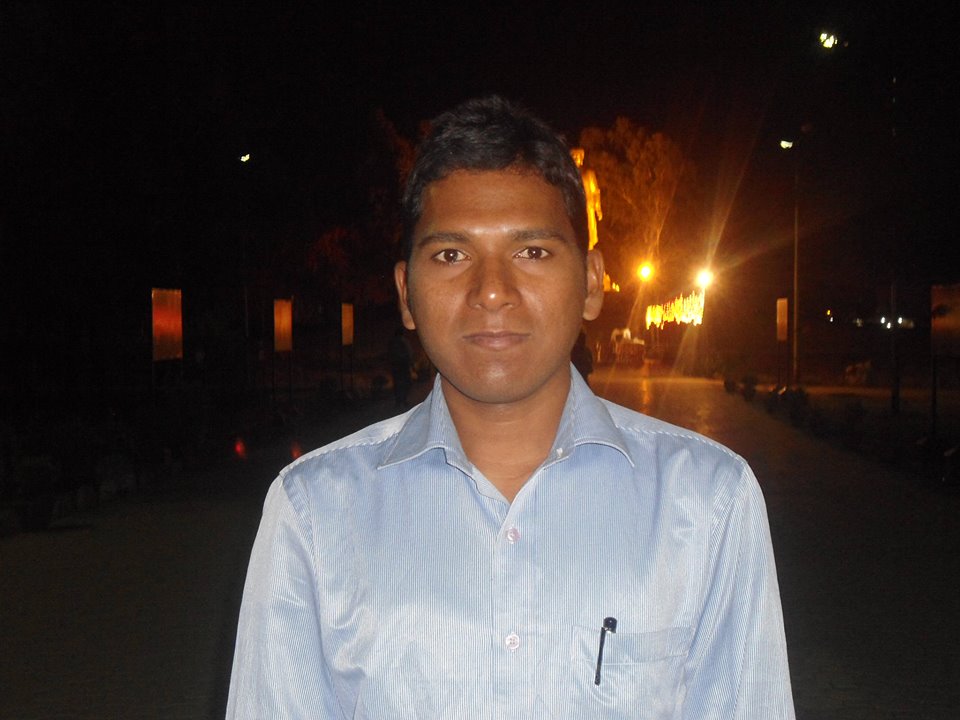P V Vijay Kumar
 An attack on the screening of the documentary, “Muzaffarnagar Baaqi Hai” in one of the colleges in Delhi and subsequent intimidation of Dalit students at University of Hyderabad, gathered under the umbrella of “Ambedkar Students Association”, staging a protest- these two incidents, though quite common forms of “intolerant ” and “offensive” behaviour by upper caste brahminical elements, still offer certain points to ponder. In fact, the documentary “Muzaffarnagar Baaqi Hai” had completed significant number of screenings in Delhi at various places over the past few months. However, the recent attacks on the venue of screening have just brought the issue to the limelight, which otherwise would not have happened. In fact, it would not be an exaggeration to say that the attack has helped the documentary to attract wider public attention.
An attack on the screening of the documentary, “Muzaffarnagar Baaqi Hai” in one of the colleges in Delhi and subsequent intimidation of Dalit students at University of Hyderabad, gathered under the umbrella of “Ambedkar Students Association”, staging a protest- these two incidents, though quite common forms of “intolerant ” and “offensive” behaviour by upper caste brahminical elements, still offer certain points to ponder. In fact, the documentary “Muzaffarnagar Baaqi Hai” had completed significant number of screenings in Delhi at various places over the past few months. However, the recent attacks on the venue of screening have just brought the issue to the limelight, which otherwise would not have happened. In fact, it would not be an exaggeration to say that the attack has helped the documentary to attract wider public attention.
It is not that the Sanghi brahminical forces are not aware of this ramification. Typically, fear overtook their quiscent knowledge. When they look back, the legacy of Ambedkar haunts them. Ambedkar, the first socio-political scientist cum rights activist in India, illustrated what kind of dangers forward-thinking Dalits pose to Brahminism. The brahminical forces in India stick to regressive ideas as they assure them of their self-made importance. Demystification of brahminism at each and every instance exposes their falsity and arrogance. Post-liberalisation, the upper caste elements found themselves happier as it led to a camouflaging of caste in the guise of economic policies. Further, post-liberalisation policies largely delinked the caste system from economics which means that the upper castes were assured of the maintenance of the status quo, or the caste system.
In fact, post 1980s, which saw a resurgence of dalit assertion, the ego of upper castes tapered down but the arrogance remained, noticeable as a wounded ego. The brahminical forces have an exaggerated sense of self-importance for them in society, something which has been building over the past. In this particular instance, these brahminical forces appear to have played an offensive role but it is actually offence in the place of defence.
Dalits are in the forefront to raise their voice against fundamentalist communal forces in India. If we mull over the style of functioning of Hindutva forces while instigating communal clashes, it seems akin to the fabrication techniques they have followed over a period of time to oppress dalits in India. If you closely observe the Muzaffarnagar incident: it started with spreading false propaganda on the character of a Muslim personality which transformed into developing an antagonistic attitude towards the community. This matches the way Manuvadam operated over the ages. It typically begins by framing false charges against a particular community to create “superior” personality and “inferior” groups. The fabrication happens so systematically that everything appears a logical corollary. It is, for this reason, imperative for these upper caste brahmins, to project their regressive ideas as forward thinking. The recent unprecedented ban on porn actually vindicates their efforts to do so.
The identity assertion of dalits, over a period of time, actually went very deep into the roots of their hegemony, as it even demystified the brahminism embedded in contemporary Marxist practice. This alarmed the conventional brahminical forces, while it enabled dalits, who had seen the full cycle of brahminical tactics, to go a step forward and fight for harmony in society at large, and this poses a threat to the entire modus operandi of brahminism.

Brahminism is making futile attempts to even culturally weaken these enlightened Dalits by endeavouring to co-opt Ambedkar. The entire mechanism to attack Muslims from all corners revolves around constantly projecting a fictitious enemy before the avarna Hindus. The moment Dalits move to the forefront to expose the brahminical agenda, the brahmins start scuttling their plans. Over time, the status quo of caste system is maintained with varied strategies. While during 90s, the vehicle of brahminism could sustain its momentum due to the Mandir-Masjid issue, in the early decade of the 21st century it is Gujarat riots which sustained it.
As compared to the earlier strategies of threats that restricted right to worship, they have moved towards creating superior and inferior groups. Muzaffarnagar clearly brings out this design. After Modi’s electoral success, this strategy has picked up a greater momentum as it culturally protects the ideology, and is even more lethal compared to previous strategies. At this particular moment, Dalits who have mastered exposing these strategies, would surely slow down the vehicle of brahminism in the country.
They fear Ambedkar’s inspiration seems to be an unending phenomenon and continues to infuse enlightened thinking among Dalits. This at a stage when the GDP is still growing at an attractive rate compared to other developed economies, but is being distributed unequally between avarnas and savarnas in this country. Accretion of wealth even at just 3.5% (half of the growth projected) a year would make the brahminical forces financially double their existing position in 20 years. This ball-park figure would give us an idea of how the manuvadi culture helps brahminism grow manifold over a period of time. A forward thinking Dalits is going to change the formula to a different figure, especially, when they reject the false enemy in the form of Muslim and Christians, and expose the brahminical statregy behind it.
All Dalit brethren, as they see through the metamorphosis in the strategies of brahminism, would need to formulate a “counter sentiment” to wage a cultural struggle and devise a parallel dissecting mechanism at each step while they pitch in to bear the torch of communal harmony in this country to defeat the agenda of brahminism. Jai bheem!!
~~~
Vijay Kumar is working as a CFO of a large infrastructure company in Hyderabad; he is into literature and writings on various issues, mainly encompassing Dalit issues and opposing Hindu fundamentalism.









